The Health Insurance Portability and Accountability Act (HIPAA) of 1996 requires that medical providers, called Covered Entities, implement data security to protect patient information from disclosure. Sensitive patient data is termed “electronic protected health information”, or ePHI, and includes information like patient names, addresses, social security numbers, procedure codes, birth dates, and much more. All Covered Entities, which is almost everyone in the healthcare system, must implement these data security controls. As a matter of law, a Covered Entity that fails to protect patient information and suffers a loss or exposure of that information must make a formal data breach report to the US Department of Health and Human Services.
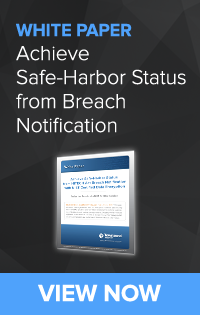 Because many of the losses of patient data happened not by Covered Entities, but by vendors and service organizations they hire, the regulations were amended to cover Business Associates. Any Covered Entity that shares patient information with an outside organization must now have a Business Associate agreement with them that binds them to the same patient data protections that HIPAA requires of Covered Entities. This plugged a hole in the original HIPAA law that resulted in patient data loss through outside vendors. Everyone who handles ePHI, inside or outside the medical industry, is now obligated to implement the HIPAA data security rules.
Because many of the losses of patient data happened not by Covered Entities, but by vendors and service organizations they hire, the regulations were amended to cover Business Associates. Any Covered Entity that shares patient information with an outside organization must now have a Business Associate agreement with them that binds them to the same patient data protections that HIPAA requires of Covered Entities. This plugged a hole in the original HIPAA law that resulted in patient data loss through outside vendors. Everyone who handles ePHI, inside or outside the medical industry, is now obligated to implement the HIPAA data security rules.
So, to the basic question: Do I have to encrypt patient information?
The answer is Yes, but the rule allows for some exceptions. Let’s examine this more closely, because those exceptions get a lot of Covered Entities into trouble.
The HIPAA regulation requires the encryption of patient information when stored on disk, on tape, on USB drives, and on any non-volatile storage. This is called encryption of data at rest. The HIPAA regulation also requires the encryption of data as it moves across a network via a web browser session, FTP or any other method used to transfer data. This is called encryption of data in motion.
The relevant regulations which say you have to encrypt ePHI are these:
45 CFR 164.312(a)(2)(iv)
45 CFR 164.312(e)(2)(ii)
The regulations are simple and very easy to read. I suggest that you take a quick look. Just a few sentences define the requirement.
Notice that there is no mention of laptops, backup tapes, USB thumb drives, tablets, phones, or anything else in the regulation. If it is “electronic protected health information”, or ePHI, it must be protected.
Now we have to take a little side trip. Notice that this security control is “addressable”. What does that mean? Here is the formal definition for an addressable control.
So now you know that there is not a hard mandate to encrypt patient data if you can document that there is a reason you can’t do it, AND if you have an alternative that is equivalent to encryption. You might argue, for example, that it is expensive to do encryption. Or that it is really, really hard to do encryption. Those may actually be valid arguments. If you make that argument you have to document your reasons, and you have to provide a reasonable, appropriate, and equivalent alternative to encryption.
Notice those words “reasonable”, “appropriate”, and “equivalent”. Those are the words that are likely to get you into a lot of trouble. If you decide not to use encryption, you are committing to using something that is an equivalent method of protection, and you are committing to documenting your reasons.
Covered Entities put themselves at risk when they decide to use addressable controls for encryption. Those include:
- Failing to document the reasons why encryption can’t be used.
- Failing to document the particular hardship that encryption entails.
- Failing to implement a reasonable alternative to encryption.
- Failing to implement an equivalent method of protection.
When a Covered Entity experiences a data breach, the fact that data was not encrypted and the fact that the alternative method did not prevent the data breach, will put you at direct risk for a compliance action. It will be hard to argue that you’ve used a protection method that is equivalent to encryption when you’ve actually lost the patient data! It is going to be hard to win that argument.
If you review a number of the Corrective Action Plans (CAPs) for data breaches you will find that there are often a number of failures involved in the data breach besides the loss of unencrypted ePHI. Improper documentation and inadequate staff training are almost always involved when OCR issues a fine and CAP over a loss of patient data. But the failure to encrypt ePHI is always involved.
Now we are back full circle to our question: Do I have to encrypt patient information?
I think you can see now that the answer is "Yes". You need to encrypt patient data in order to provide adequate protection to your patients AND to your organization as a whole. It’s the only defensible strategy in light of how HIPAA, HHS, and OCR will evaluate your data breach.
We work with a number of Covered Entities around data protection and the implementation of encryption. I know that almost all Covered Entities have gaps in their implementation of encryption. Here are a few things you can do right now to start to address these:
- Make an inventory of all of the systems that store or transmit patient data.
- Identify all of the systems where encryption is not implemented.
- Prioritize the implementation of encryption for all of these systems. In many cases this will mean working with a software or hardware vendor.
- If vendor updates are available that add encryption capabilities, schedule those updates as soon as possible.
- Immediately notify all of your software and hardware vendors that you expect them to implement encryption according to industry standards, and that future acquisitions will require this security control.
- Remember that a proper implementation of encryption involves protecting encryption keys from loss. Be sure that encryption keys are stored away from patient data on key management servers that are designed to protect encryption keys.
- Make an inventory of all Business Associates that receive patient data from you and be sure you have a signed Business Associate agreement on file.
Encryption is far easier to implement now that at any time in the past. Covered Entities have lots of options and don’t have to be at risk of a compliance action.

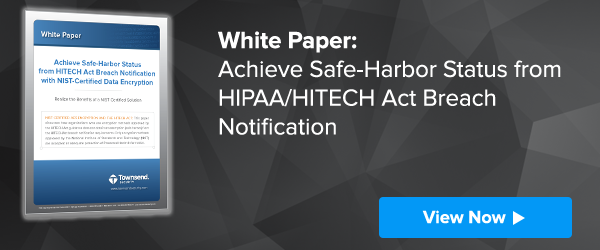
 and the data security requirements that affect Drupal developers or users. When dealing with the healthcare industry, Personally Identifiable Information (PII) is a subset of PHI, and refers to information that is uniquely identifying to a specific individual. Protected Health Information is specific to medical and health-related use and generally refers to demographic information, medical history, test and laboratory results, insurance information and other data that is collected by a healthcare professional to identify an individual and determine appropriate care. To better understand the recent changes in HIPAA/HITECH regulations, here are a few key rules that provide guidance:
and the data security requirements that affect Drupal developers or users. When dealing with the healthcare industry, Personally Identifiable Information (PII) is a subset of PHI, and refers to information that is uniquely identifying to a specific individual. Protected Health Information is specific to medical and health-related use and generally refers to demographic information, medical history, test and laboratory results, insurance information and other data that is collected by a healthcare professional to identify an individual and determine appropriate care. To better understand the recent changes in HIPAA/HITECH regulations, here are a few key rules that provide guidance: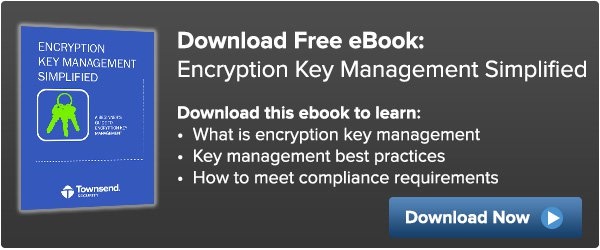
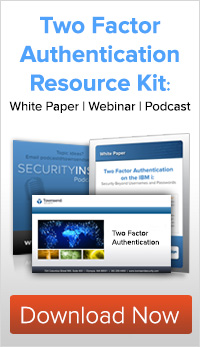
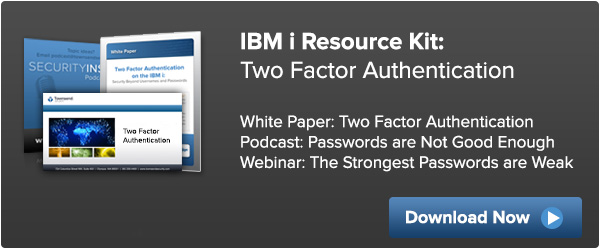
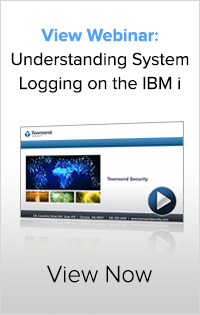

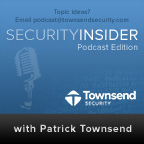


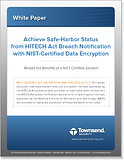

 Many people we talk to are gambling with $7.2 million whether they realize it or not. This week we are at HIMSS12 in Las Vegas meeting members of the IT medical community – an appropriate venue for such high-stakes gambling. How are these people gambling with so much money? The average cost of a data breach is $214 per record, or $7.2 million for an organization. This figure is determined not only by direct costs of a data breach, such as notification and legal defense costs that impact the bottom line for companies, but also indirect costs like lost customer business due to abnormal churn.
Many people we talk to are gambling with $7.2 million whether they realize it or not. This week we are at HIMSS12 in Las Vegas meeting members of the IT medical community – an appropriate venue for such high-stakes gambling. How are these people gambling with so much money? The average cost of a data breach is $214 per record, or $7.2 million for an organization. This figure is determined not only by direct costs of a data breach, such as notification and legal defense costs that impact the bottom line for companies, but also indirect costs like lost customer business due to abnormal churn.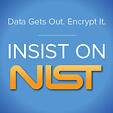 If you aren’t familiar with NIST and FIPS 140-2 certifications, the National Institute of Standards and Technology (NIST) provides them to encryption and key management solutions after they undergo a rigorous testing process. The testing is carried out by independent testing labs who then report the results directly to NIST for validation. Only the most dedicated security vendors are able to pass the tests and achieve NIST and FIPS 140-2 certifications. Not only are these certifications essential for meeting compliance regulations, but they provide you an ease of mind that a third-party has verified the integrity of the product.
If you aren’t familiar with NIST and FIPS 140-2 certifications, the National Institute of Standards and Technology (NIST) provides them to encryption and key management solutions after they undergo a rigorous testing process. The testing is carried out by independent testing labs who then report the results directly to NIST for validation. Only the most dedicated security vendors are able to pass the tests and achieve NIST and FIPS 140-2 certifications. Not only are these certifications essential for meeting compliance regulations, but they provide you an ease of mind that a third-party has verified the integrity of the product.